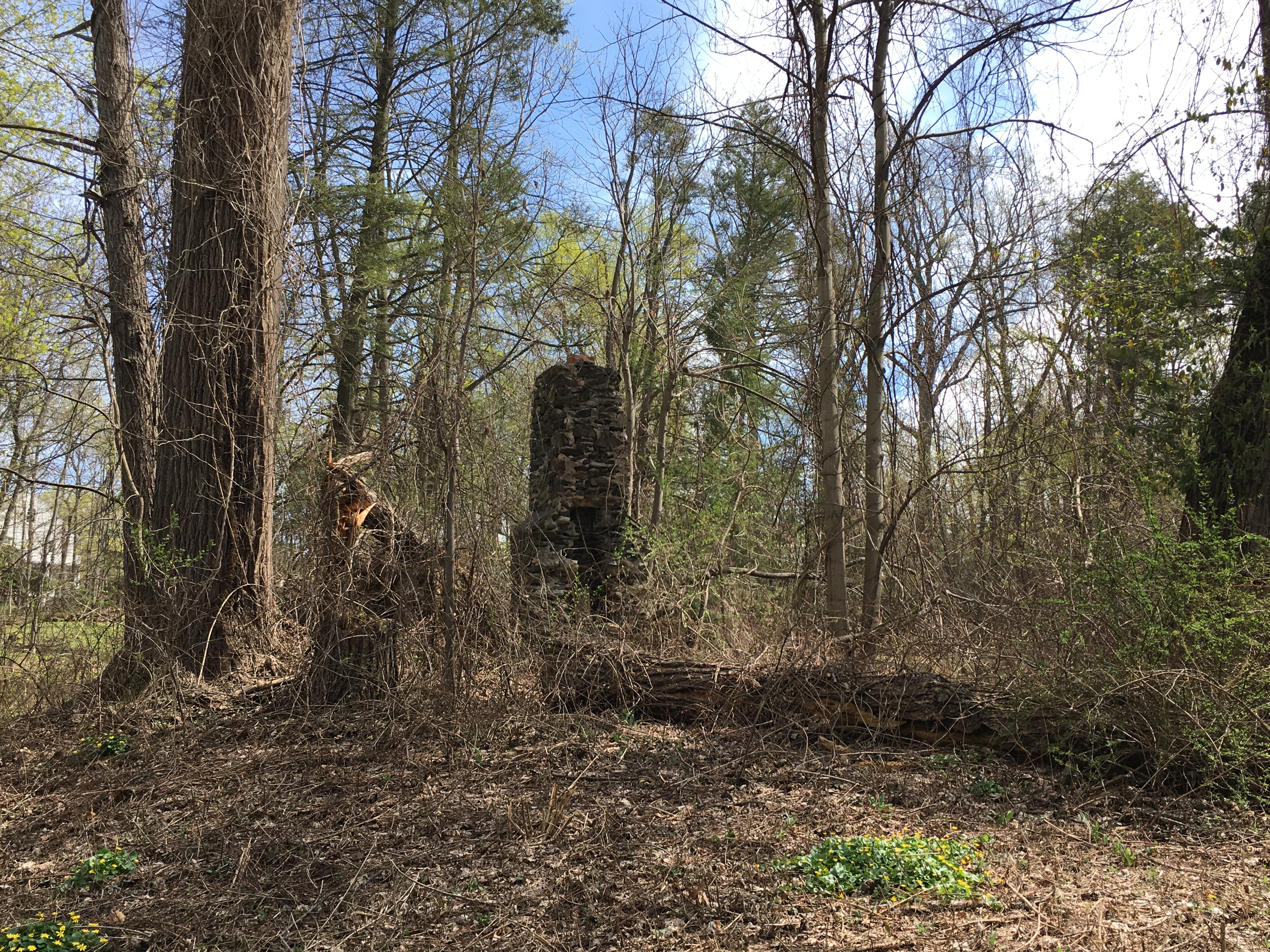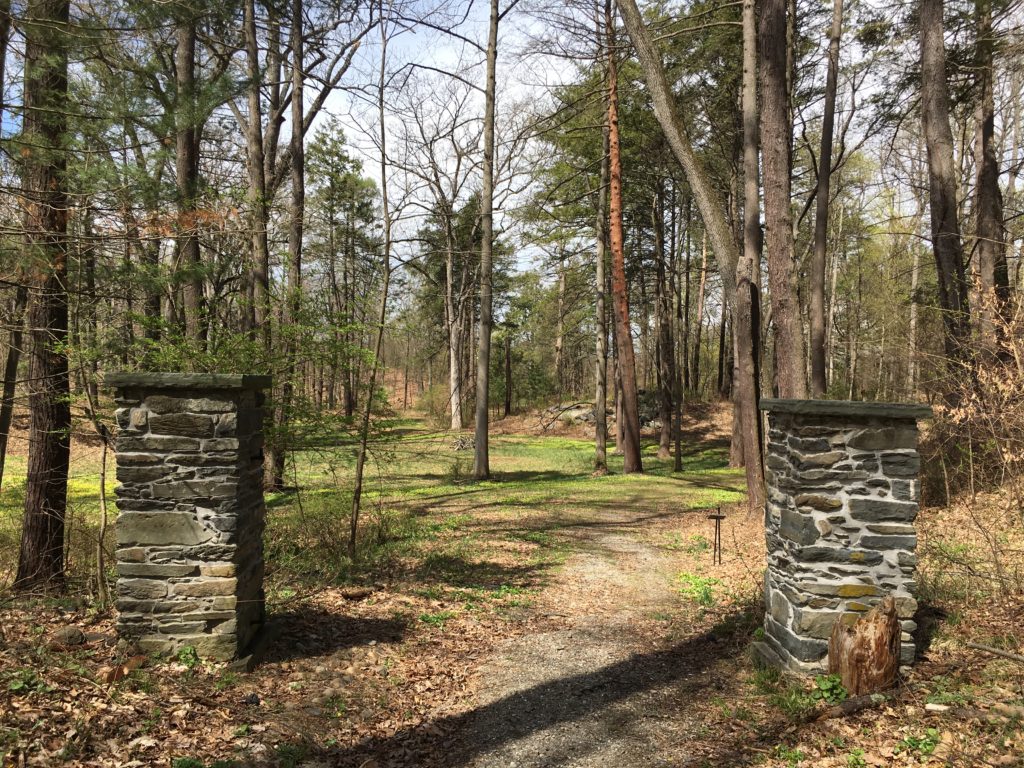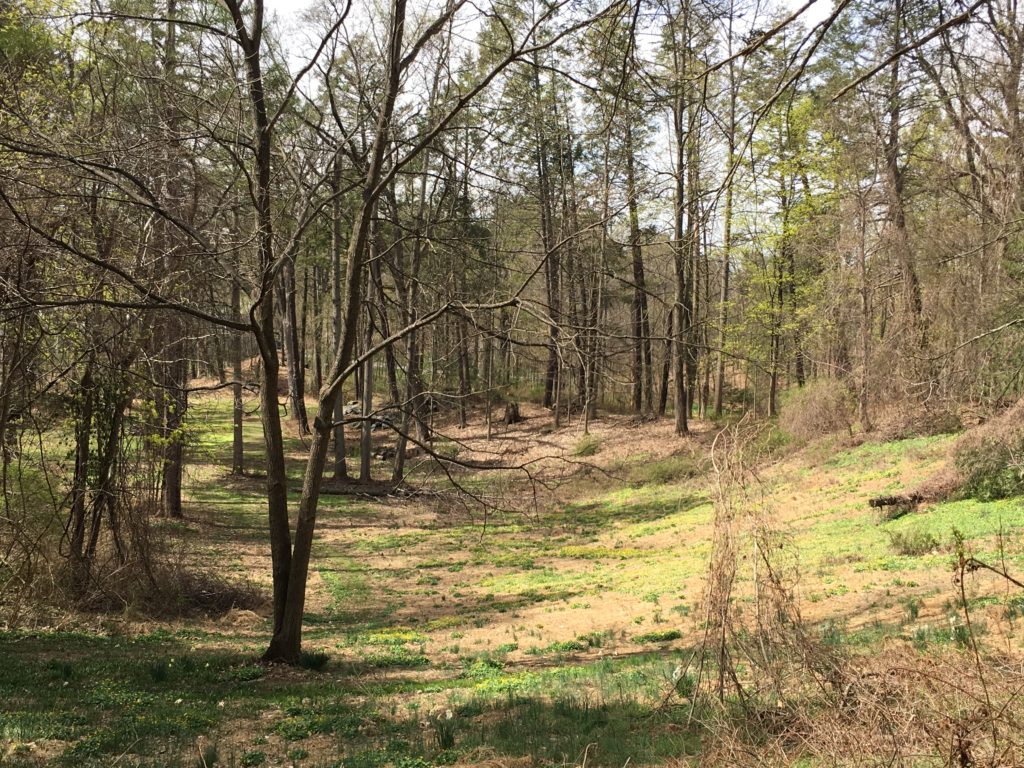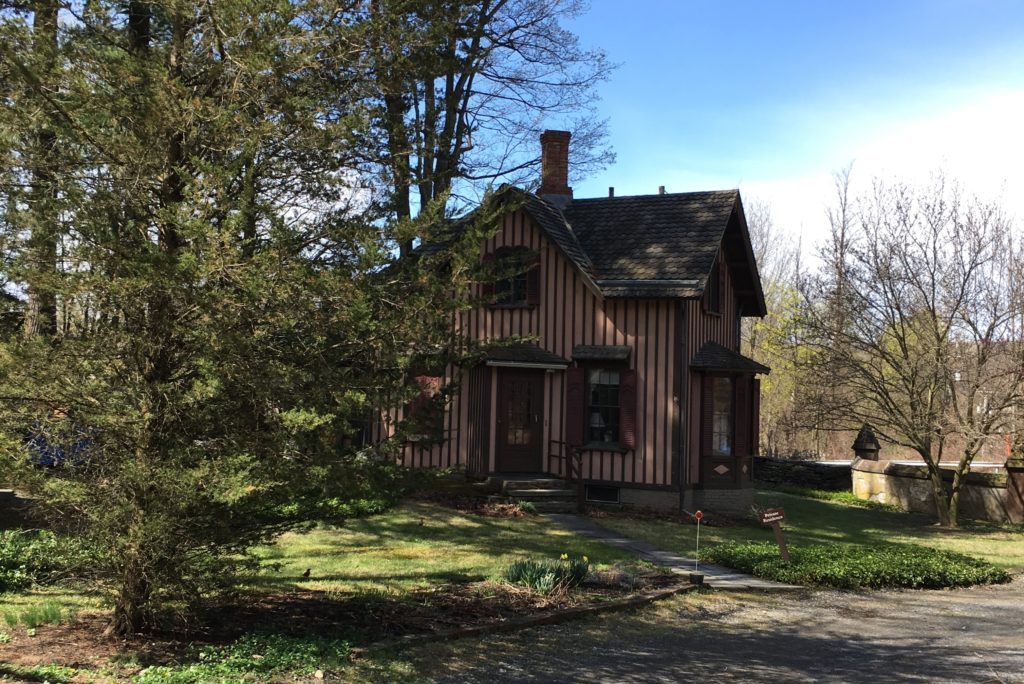Springside is a nineteenth-century park and estate built by Matthew Vassar in Poughkeepsie, New York that is now maintained by a non-profit organization and is open to the public.
Vassar, who made his fortune in brewing beer before founding the women’s college that bears his name, bought 43 acres of land on the south side of Poughkeepsie in 1850 and hired famed landscape gardener Andrew Jackson Downing and his architect partner, Calvert Vaux, to design a summer estate for him.
Although Downing died in 1852 in a fire on a Hudson River steamship, Vaux and Vassar continued to work on Springside. Vassar moved into the cottage built on the site; a larger villa was planned, but never constructed, as Vassar preferred the smaller cottage. Vassar lived at Springside fulltime beginning in 1867.
After his death, the property passed on to a series of owners, and was subdivided and merged with other properties, but most of the buildings and the constructed landscape survived mostly intact. In the twentieth century, Springside faced a series of threats from development. In 1969, Springside was listed as a National Historic Landmark, but within weeks, the barn and carriage house were burned down by arsonists. In 1970, the property was sold to a developer. In 1976, the cottage was in danger of destruction. The façade of the cottage was removed to the New York State Museum, and the rest of the cottage was destroyed. In the 1980s, under threat of a lawsuit from preservationists, an agreement was reached to preserve about half of the estate and allow the construction of condominiums on the other half.
Springside is now maintained by a nonprofit organization, Springside Landscape Restoration. Now, most of the pathways have been cleared and they curve among the rocky knolls. The original Beautiful and Picturesque landscape now tends more towards the picturesque, with tangled, unkempt plants held partially in check along the pathways.




